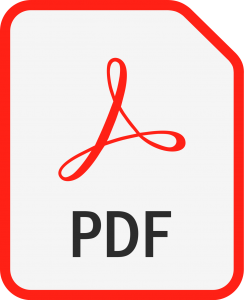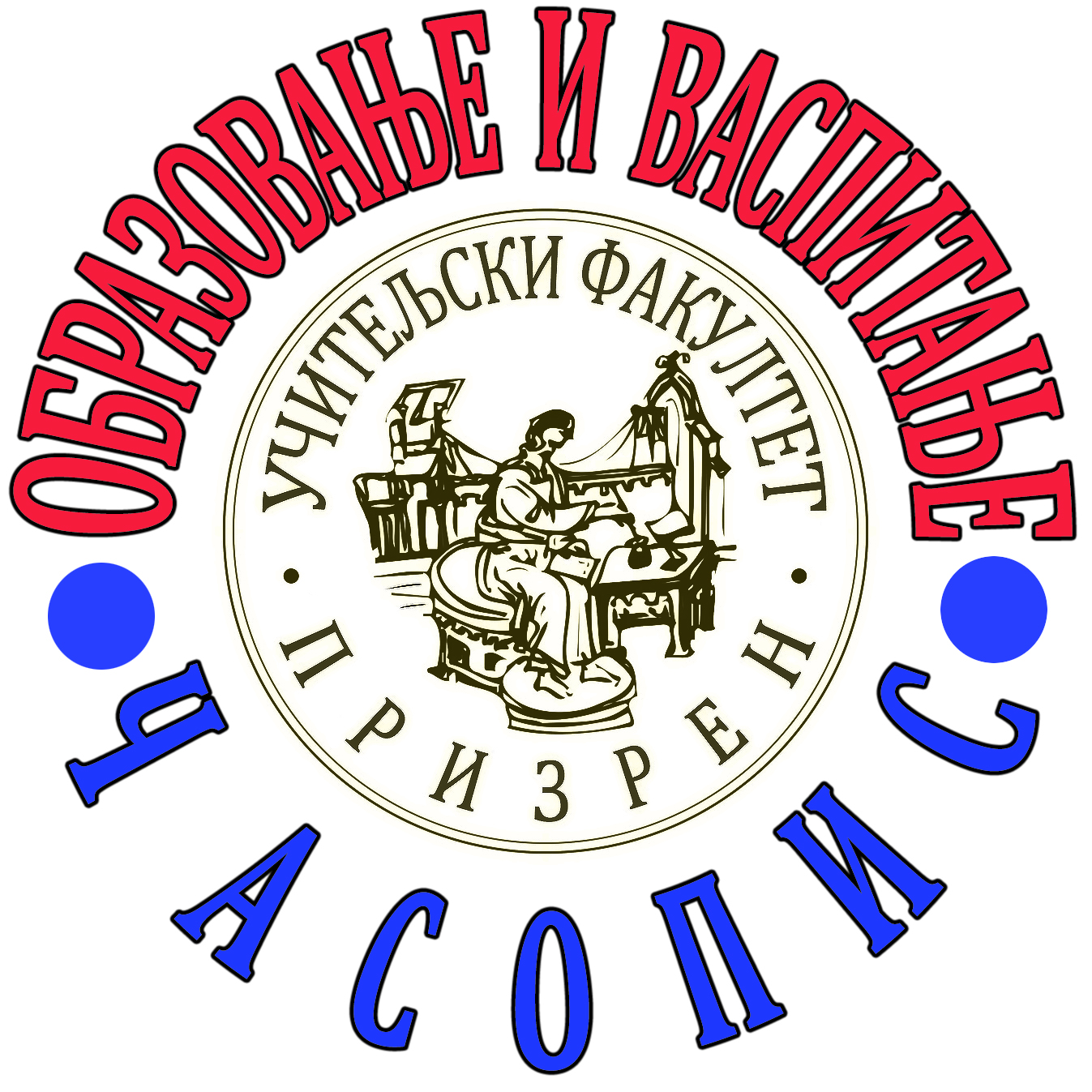MATHEMATICS CONCEPT BUILDING WITH DIDACTIC GAMES IN A GEOGEBRA-EMPOWERED ENVIRONMENT
Ljajko Eugen Š.a, Pavličić Zlatka O.b, Ljajko Mejrima Š.c
acUniversity of Priština – Kosovska Mitrovica, Faculty of Science and Mathematics
bAcademy of Vocational Studies Southern Serbia, Department of the High School for Teachers – Bujanovac
e-adresa: eugen.ljajko@pr.ac.rs, zlatka.pavlicic@gmail.com, mejrima.ljajko@pr.ac.rs
e-adresa: eugen.ljajko@pr.ac.rs, zlatka.pavlicic@gmail.com, mejrima.ljajko@pr.ac.rs
jezik rada: engleski
vrsta rada: originalni naučni članak
DOI: 10.5937/obrvas18-48143
objavljen u SCIndeksu: 25.01.2024.
vrsta rada: originalni naučni članak
DOI: 10.5937/obrvas18-48143
objavljen u SCIndeksu: 25.01.2024.
Summary
In this study, we examine how GeoGebra software can be used for organizing a game-based learning environment and its impact on fraction concept building and the pupils’ understanding of the concept. The learning/instruction process was organized in two groups of 9 to 10 years old pupils. The experimental group was offered GeoGebra game-like appletsand the learning process was based on them. The control group pupils learned the same subject material in a more traditional fashion. Pupils’ understanding of the conceptwasassessed using results of regular tests they enrolled in the same environments they were learning. According to the results, the experimental group pupilsdemonstrated better understanding of the concepts, and the difference is statistically significant. This implies that GeoGebra softwarecombined with the game-based learning can givebetter results in building and understanding fractions at initial stages.
Key word: GeoGebra, fractions, game-based learning, concept building
Reference
| Ainley, M., Hidi, S., and Berndorff. D. (2002). Interest, learning and the psychological process that mediate their relationship. Journal of Educational Psychology, 94, 545-561 | |
| Arbain, N. and Shukor, N. (2015). The effects of GeoGebra on students’ achievements, Procedia Social and Behavioral Sciences, 172, 208-214 | |
| Attard, C. (2013). „If I had to pick any subject, it wouldn’t be maths“: Foundations for engagement with mathematics during the middle years. Mathematics Education Research Journal, 25, 569-587 | |
| Bahrami, F., Rahimi Chegini, Z., Kianzadeh, A., Emami, F., and Abdi, H. (2012). A comparison of the effectiveness of game-based and traditional teaching on learning and retention of first grade math concepts, European Journal of Experimental Biology 2(6), 2099 -2102 | |
| Brown, R. (2010). Does the introduction of the graphics calculator into systemwide examinations lead to change in the types of mathematical skills tested?Educational Studies in Mathematics, 73 (2), 181-203 | |
| Cheeseman, J. (2009). Challenging Children to Think: Teacher behaviours that stimulate children to examine their mathematical thinking. In J. Novotna and H. Moarova (Eds.) Proceedings in the International Symposium Elementary Maths Teaching: Development of Mathematical Understanding, 11 -23. Prague: Charles University | |
| Drijvers, P. (2012). Digital Technology in Mathematics Education: Why it works (or it doesn’t). 12 th International Congress of Mathematics Education, Coex, Seol, Korea | |
| Ernest, P. (1986). Games. A rationale for their use in the teaching of mathematics in school, Mathematics in School 15 (1), 2 -5 | |
| Flowerday, T., Schraw, G., and Stevens, J. (2004). The role of choice and interest in reader engagement. The Journal of Experimental Education, 72, 93-115 | |
| Heid, M. K. (1998). Resequencing skills and concepts in applied calculus using the computer as a tool. Journal for Research in Mathematics Education, 19, 3 – 25 | |
| Hohenwarter M, Hohenwarter J, Kreis Y, Lavicza, Z. (2008). Teaching and learning Calculus with free dynamic Mathematics software GeoGebra. Proceeding of International Conference in Mathematics Education 2008. Monterrey, Mexico | |
| Hopper, S. (2009). The effect of technology use on Student interest and understanding in Geometry, Studies in Teaching, Research Digest, 37-42 | |
| Kokerić, M., Kreculj, D., and Vešović, R. (2016). Informatika u programiranoj nastavi matematike za učenike mlađih razreda osnovne škole. Zbornik radova Učiteljskog fakulteta Prizren -Leposavić, 10, 175-183 | |
| Ku, O., Chen, S. Y., Wu, D. H., Lao, A. C. C., and Chan, T. W. (2014). The effects of game-based learning on mathematical confidence: High ability versus low ability. Educational Technology and Society, 17(3), 65-78 | |
| Lim, K. C., and Leong, K. E. (2016). A study of gamification on GeoGebra for remedial pupils in primary mathematics. Proceedings of the 21 st Asian Conference on Technology in Mathematics, Pataya, Thailand, 222-228 | |
| Ljajko, E. and Ibro, V. (2013). Development of Ideas in a GeoGebra -aided mathematics instruction, Mevlana International Journal of Education (MIJE) 3(3),Special Issue: Dynamic and Interactive Mathematics Learning Environments, pp. 1-7 | |
| Ljajko, E. (2018). GeoGebra as a tool in building two-and three-digit whole numbers, Proceedings of Scientific Conference Language, culture and education, pp. 651-662, Užice, Serbia | |
| Maričić, S. M, and Milinković, N. S. (2022). Spremnost učitelja za onlajn nastavu matematike tokom pandemije COVID-19. Zbornik radova Učiteljskog fakulteta Prizren -Leposavić, 18, 113-128 | |
| Martin, A. J. (2007). Examining a multidimensional of student motivation and engagement using a construct validation approach. British Journal of Educational Psychology, 77 (2), 413-440 | |
| Martin, A. J., Way, Y., Bobis, J., and Anderson, J. (2015). Exploring ups and downs of mathematics engagement in the middle years of the school. Journal of the Early Adolescence, 35(2), 199-244 | |
| Martinovic, D., and Karadag, Z. (2012). Dynamic and interactive mathematics learning environments: the case of teaching limit concept. Teaching mathematics and its applications, 31(1), 41-48 | |
| Oblinger, D., and Oblinger, J. (2005). Is it Age or IT: First steps towards understanding the net generation? In: D. Oblinger and J. Oblinger Eds., Educating the Net Generation.(2.1-2.20).Boulder, CO: EDUCAUSE | |
| Okur, M., and Aygenc, E. (2018). Video games as teaching and learning tool for environmental and space design. Eurasia Journal of Mathematics, Science and Technology Education, 14(3), 977-985 | |
| Polycarpou, I., Krause, J., Rader, C., Kembel, C., Poupore, C., and Chiu, E. (2010). Math-City: an educational game for K-12 mathematics, Procedia Social and Behavioral Sciences 9, 845-850 | |
| Prensky, M. (2001). Digital game based learning. New York: McGraw-Hill | |
| Tokac, U., Novak, E., and Thompson, C. G. (2019). Effects of game-based learning on students’ mathematics achievement: A meta analysis. Journal of Computer Assisted Learning, 35(3), 407-420 | |
| Umbara, U., Munir, R., Susilana, E. F., and Puadi, W. (2021). Algebra dominoes game: Re-designing mathematics learning during the covid-19 pandemic, International Journal of Instruction 14(4), 483-502 |
